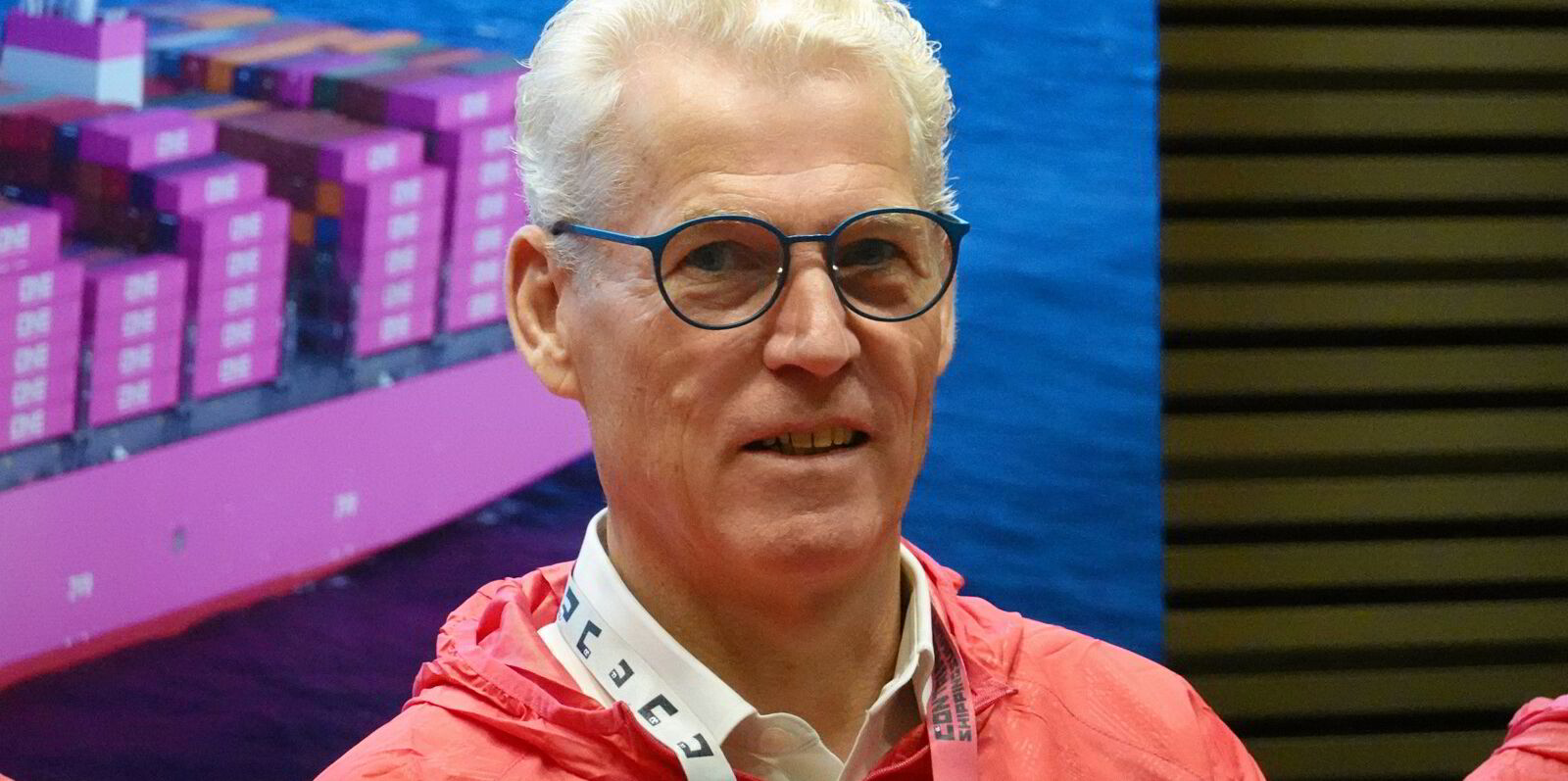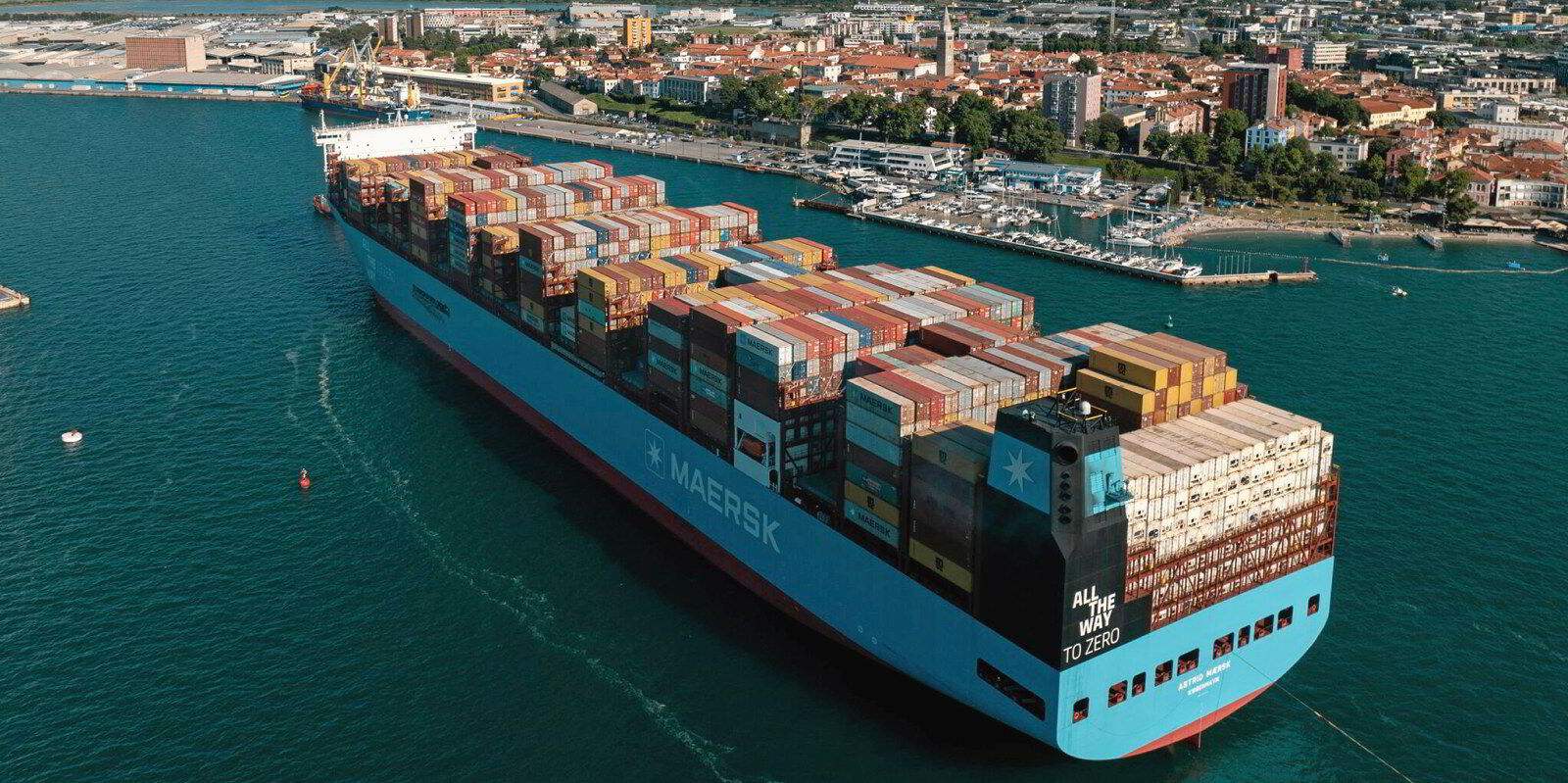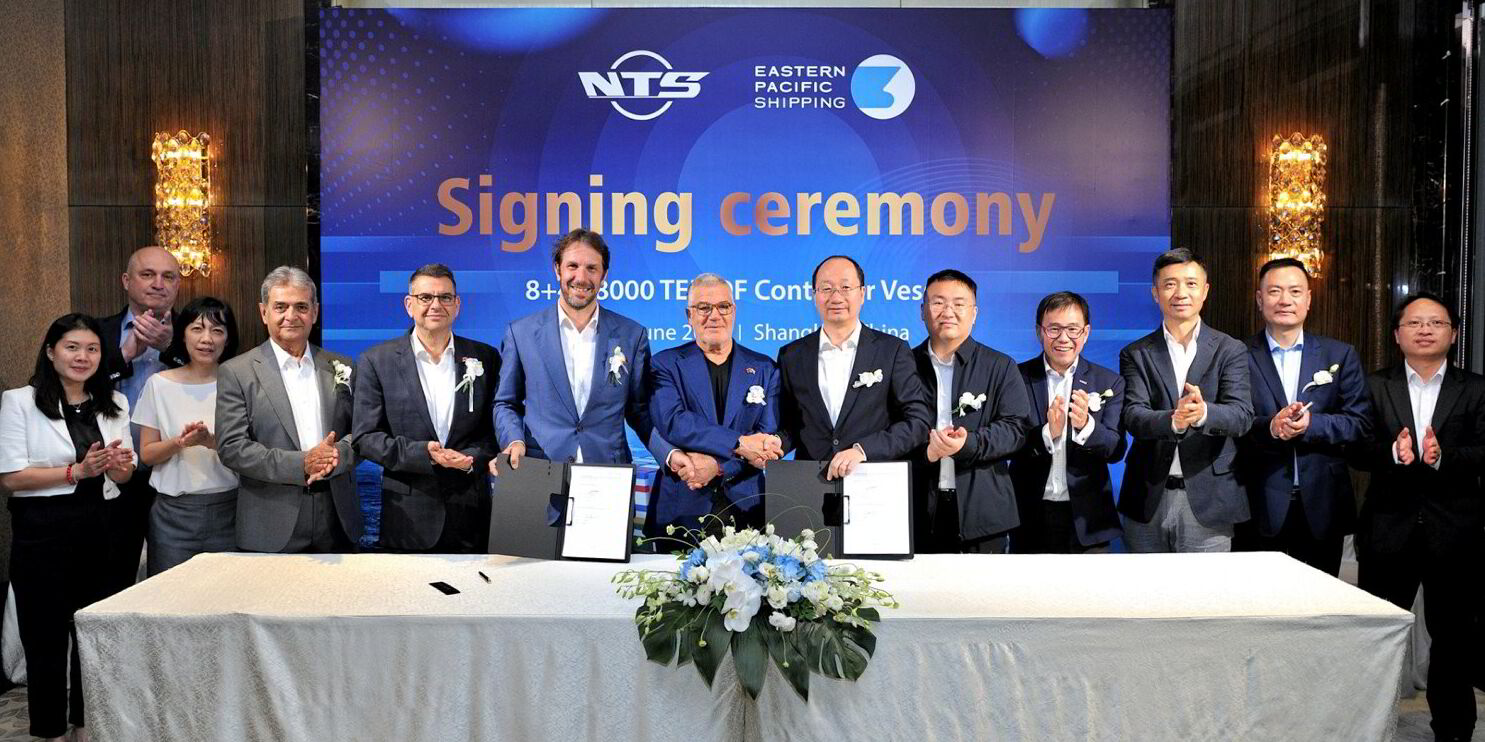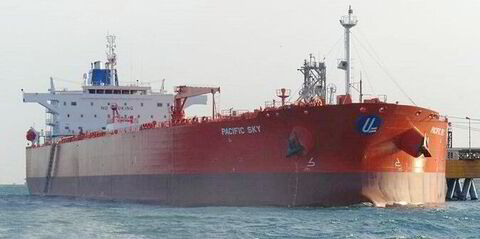The container shipping fleet is growing at its fastest pace in 15 years amid an ongoing rejig of the liner shipping top 10.
Capacity of the boxship fleet grew by 11% since the start of the year, according to Niels Rasmussen, chief shipping analyst at Bimco.
Delivery of new ships in the first half reached a new high with 264 vessels with a combined capacity of 1.6m teu.
That is two-thirds more than when the previous record was set in the first half of last year.
It lifts the total fleet size to 29.5m teu and marks the fastest growth in 15 years.
The growth means the boxship fleet is set to top 30m teu in the next few months.
The world’s largest liner operator, MSC Mediterranean Shipping Company, continues to lead the expansion.
The Aponte-family liner giant recently reached a capacity of 6m teu, having grown by 400,000 teu so far this year, according to Alphaliner.
That is equivalent to more than half the size of Taiwanese carrier Yang Ming Marine, the smallest liner shipping company in the top 10.
MSC increased its capacity by 7.1%, slightly higher than the market average of 6.2%.
CMA CGM to pip Maersk
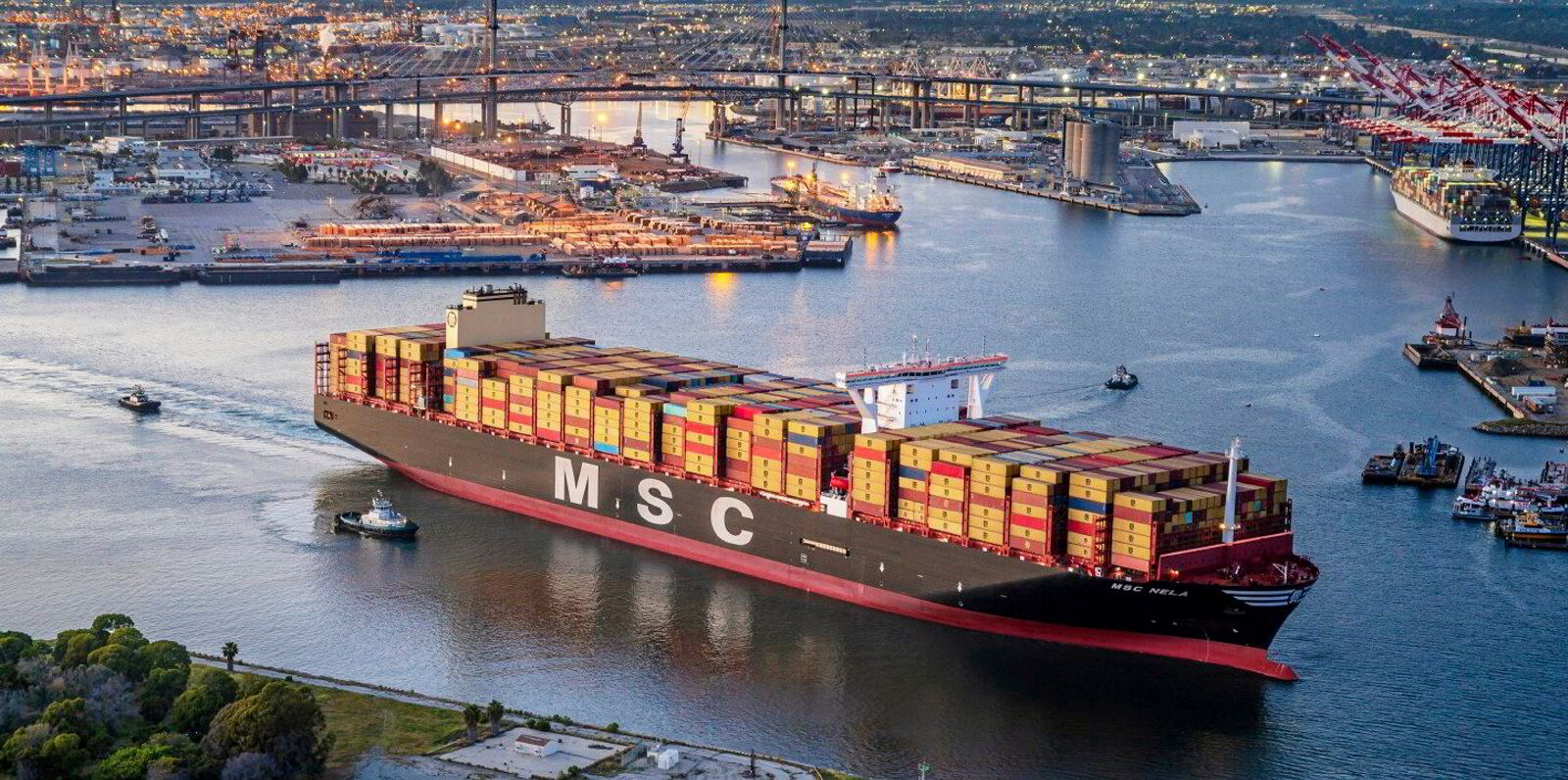
MSC’s market-leading position seems guaranteed thanks to an orderbook of 1.2m teu, says Alphaliner.
However, the ranking of second-placed AP Moller-Maersk is looking more precarious.
The Danish carrier is set to be overtaken by CMA CGM in the next few years, it argues.
The third-place-ranked French carrier grew its fleet by 4.9% in the first half of the year and has an orderbook of 1.2m teu.
The fleet of Maersk — which shrank last year — grew again by 5.6% in the first half of 2024.
The return to growth was helped by the delivery of the first four of 18 methanol dual-fuel-powered vessels, including the 16,592-teu Ane Maersk (built 2024).
In percentage terms, the fastest growing carriers were Israeli liner operator Zim at 17.5% and Hapag-Lloyd at 10.6%, says Alphaliner.
Yang Ming is the only top 10 carrier to have reduced its fleet in the first half.
The Asian liner has been overtaken by Zim, which has leapfrogged Yang Ming into ninth place in the liner league.
Newbuildings continue
Despite the record growth, orders were still placed this year for new container ships.
A total of 63 ships with a combined 0.4m teu capacity have been ordered, while the orderbook-to-fleet ratio remains high at 19%, says Rasmussen.
An average of 1.5m teu are scheduled for delivery each year between 2025 and 2027, while some vessels set for delivery in 2028.
The fastest growth has been for ships of between 12,000 teu and 17,000 teu
That accounts for the largest portion of the container fleet orderbook, making up 22%.
The midsize segment grew 25% year on year and made up nearly 50% of the overall fleet’s growth.
Rasmussen expects the mid-sized sector will dominate growth in the coming years as it makes up more than 50% of the capacity on order.
Larger container ships over 17,000-teu now make up 17% of the capacity in the order book.
That marks a contrast with the period from 2015 and 2021 when larger boxships dominated growth.
Strong cargo volume growth and the rerouting of ships via the Cape of Good Hope has helped limit ship recycling.
That is set to change with the current orderbook set to add another 4.3m teu by the end of 2027.
“As cargo volume growth is unlikely to match this expansion, we expect ship recycling to increase and temper overall fleet growth,” said Rasmussen.(Copyright)

